Pink Purslane
A succulent and tasty plant with an almost beetroot like earthy flavour that can be found throughout the year, it flowers from April to July.
| Hedgerow Type | |
| Common Names | Pink Purslane, Winter Purslane, Siberian Spring Beauty |
| Synonyms | Montia sibirica |
| Scientific Name | Claytonia sibirica |
| Season Start | Jan |
| Season End | Dec |
Basal Leaves
Very Broadly ovate rather like an ace of spades. Dark green with a glossy surface. The basal leaves have long stems and are a bit spoon shaped,
Flowers
Has pink or sometimes white flowers with five petals each with a shallow groove in the end a little like the flowers of the Stellaria family. The petals have pink to purple veins and if the petal is really closely examined each has a yellowish spot towards the base.
Possible Confusion
A distinctive looking plant with vague similarities to chickweed. Another possible confusion (without their flowers) could be Red Campion. However, it does not have the rounded leaf lobes that Pink Purslane has.
Taste
Succulent and earthy, almost beetroot like.
Frequency
Fairly common.
Collecting
The whole plant is edible but the spoon shaped basal leaves are the sweetest especially in Winter or Spring.



 (24 votes, average: 3.75 out of 5)
(24 votes, average: 3.75 out of 5)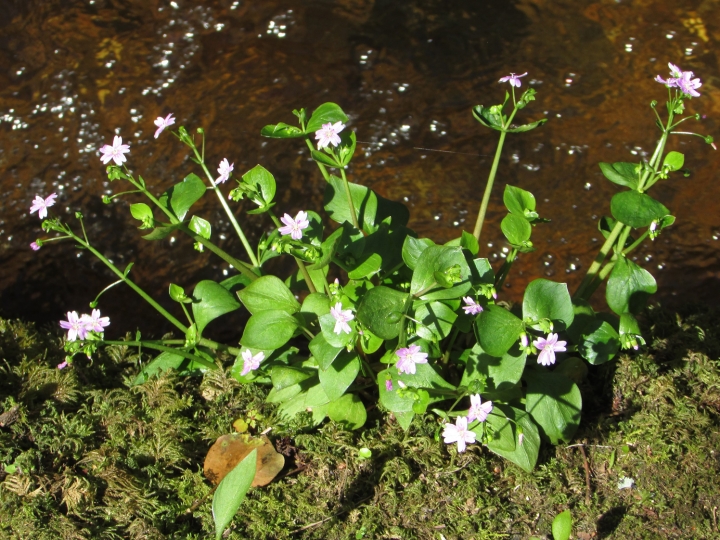
















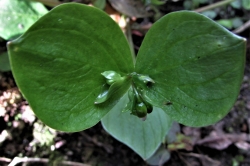
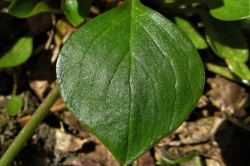
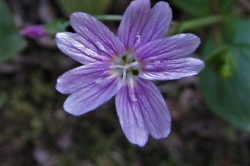
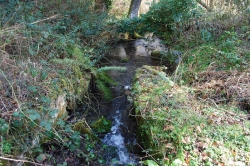





2 comments for Pink Purslane
Could a white-flowered purslane possibly be confused with Bog Stitchwort (Stellaria uliginosa)? Do you know if they could both grow in damp woodland?
Pink Purslane, which has white flowered varieties, has spoon shaped leaves, whereas Bog Stitchwort has thin, lance shaped leaves. They do look similar and grow in the same environments but as they are both edible, it wouldn’t be a harmful mistake to confuse the two.